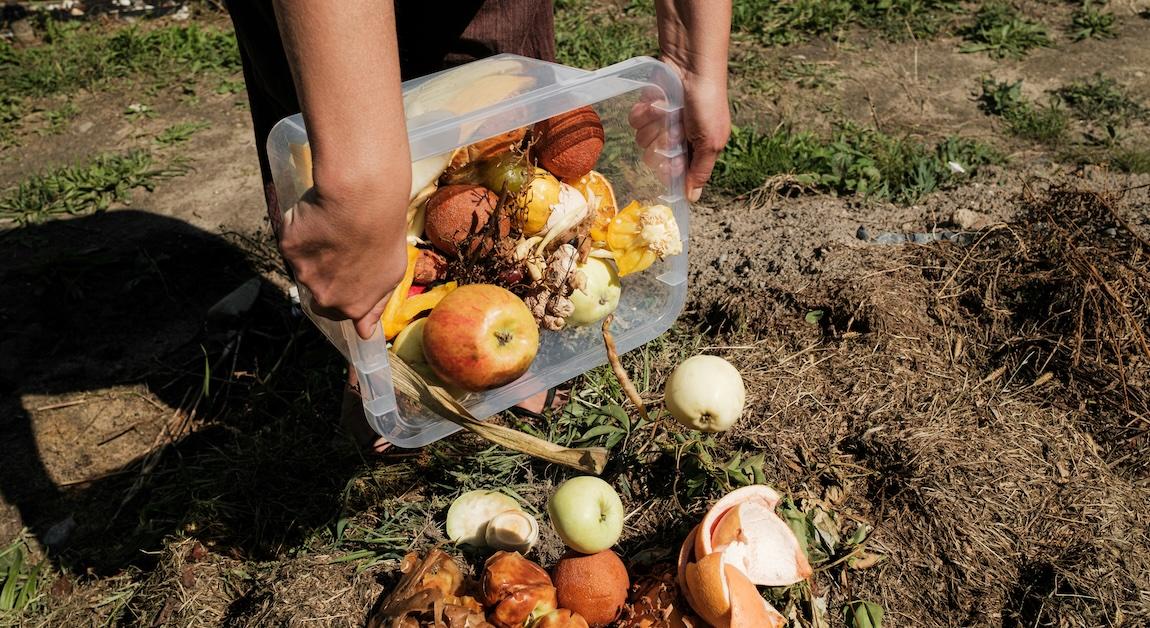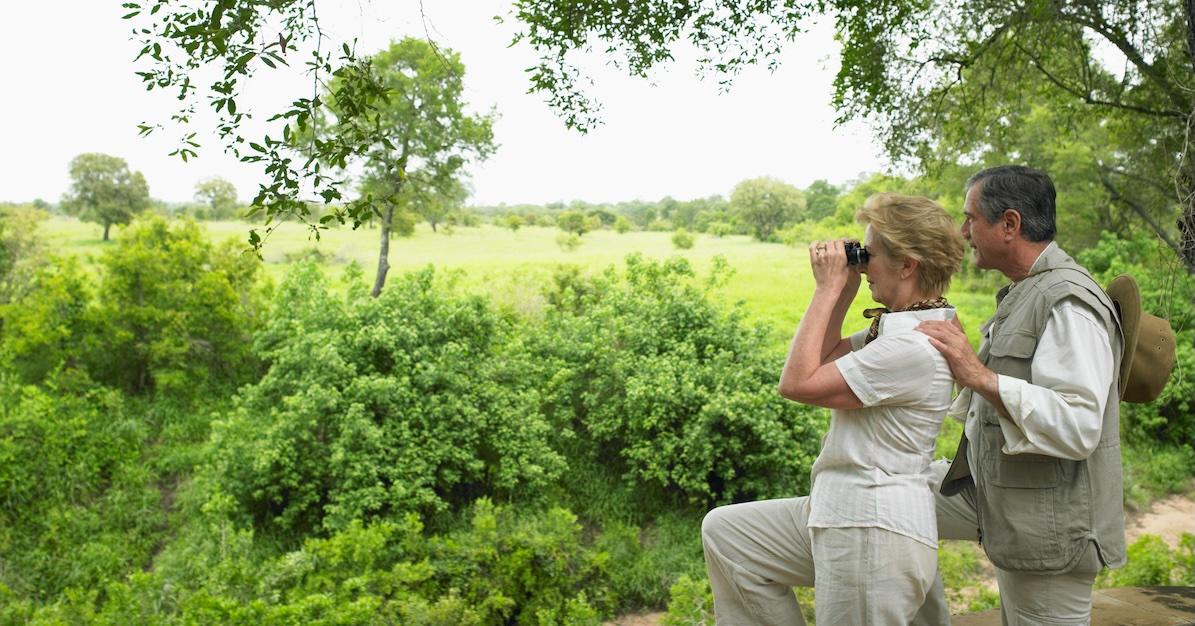What Does 'Green Retirement' Look Like? Inside the Eco-Friendly Future of Senior Living
Residents often join sustainability committees, lead recycling efforts, or help younger neighbors learn about composting.
Published May 12 2025, 2:31 p.m. ET

For a long time, the idea of retirement brought to mind golf carts, garden clubs, and quiet evenings on the porch. But a new generation of retirees is bringing something different to the table — something a lot greener. Today, more people heading into their later years are rethinking what retirement should look like, not just for comfort and peace of mind, but for the planet. That means solar panels instead of sprawling lawns, community gardens over private plots, and a sense of shared purpose that doesn’t stop with age.
This shift toward sustainable senior living isn’t just a trendy idea floating around wellness magazines. It’s becoming the real deal. Across the country, new communities are popping up that focus on reducing waste, conserving energy, and making life easier for people who want to live simply and gently as they get older. So what does a “green retirement” actually feel like? The answer is more inspiring — and more practical — than you might expect.

Energy-Efficient Homes That Actually Feel Like Home
First things first: the building itself matters. You can’t have a green retirement without a living space that respects the environment and still feels like somewhere you want to hang your hat. Today’s eco-minded senior communities are built with features like high-efficiency windows, non-toxic insulation, and smart temperature controls that adjust to the weather outside. You won’t find clunky heating systems blasting all winter long or air conditioning units wasting energy in the summer.
But it’s not just about being efficient—it’s about feeling good in your space. Natural light, indoor plants, and clean air circulation have become basic parts of how these homes are designed. People living in these communities often say their homes just feel better. Quieter, calmer, cleaner. They’re not just living in nature; they’re living with it. And for many, that’s a first.
Food, Community, and a Different Kind of Convenience
When you picture retirement, you might imagine a long line at a cafeteria or a stack of frozen dinners with no personality. But in green retirement communities, the focus has shifted toward food that’s fresh, local, and shared. Many of these communities have their own gardens or partner with nearby farms to bring in seasonal produce, which cuts down on emissions from food transport and supports the local economy.

Meals are often enjoyed in shared spaces, with real conversations and warm connections. And for those who need help, services like Meals on Wheels keep healthy eating possible without sacrificing sustainability. You’ll see compost bins near the dining areas and cooking classes that teach residents how to waste less and enjoy more. These moments around the table become more than just about food—they become part of a larger way of life.
Compassion That Doesn’t Harm the Planet
Caring for older adults—especially those who need a little extra help—can create a lot of waste. But newer models of care are finding ways to reduce their impact while increasing the quality of life. Green senior living communities often use cloth over disposable items, energy-saving laundry systems, and gentle cleaners that are safe for both people and the environment.
One of the most exciting changes has been in how these communities care for people experiencing cognitive challenges. Whether it's memory care in Los Angeles, Boston, or anywhere in between, these new programs are blending eco-conscious design with deeply thoughtful care. That means using soothing colors and nature-inspired textures to reduce anxiety, creating walking paths that wind through pollinator-friendly gardens, and organizing sensory activities using items that don’t end up in landfills. Families who tour these facilities often walk away surprised — not just by the beauty, but by how human and real it all feels.
Wellness Goes Beyond Yoga
Green retirement isn’t just about living in an energy-saving building or eating organic vegetables—it’s about nurturing the whole person. Wellness in these communities reaches far beyond yoga classes or chair aerobics. There’s a genuine focus on mental and emotional well-being, often through time outdoors, artistic expression, and group engagement that feels real instead of scheduled.

From tai chi under the trees to walking groups that double as birdwatching clubs, the idea is to make staying active a natural part of everyday life. And because the outdoors plays such a big role, there’s more incentive to protect and enjoy it. Gardening isn’t just a hobby—it’s therapy, connection, and a way to keep giving back, even in small ways.
Aging in Place — Without Losing Your Place in the World
Possibly the most beautiful part of the eco-retirement shift is the sense that aging doesn’t have to mean retreating. These communities are designed to keep people engaged, curious, and involved. Many are located near universities or cultural centers, encouraging intergenerational activities and lifelong learning.
Residents often join sustainability committees, lead recycling efforts, or help younger neighbors learn about composting. Being green becomes more than just a checkbox — it becomes a way to stay relevant and respected. And for people who spent their younger years fighting for the environment or teaching their kids to care, this feels like coming full circle. They’re not fading out—they’re evolving.
In the end, green retirement isn’t just a lifestyle — it’s a mindset. It says, “I still have something to offer. I still care what happens next.” And maybe that’s what we’ve been missing all along. Because living gently on the earth doesn’t have to stop at any age. If anything, that’s when it finally starts to make the most sense.